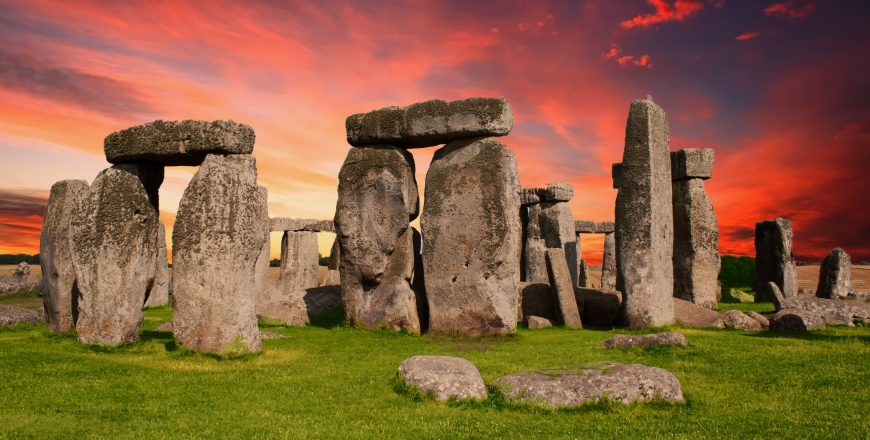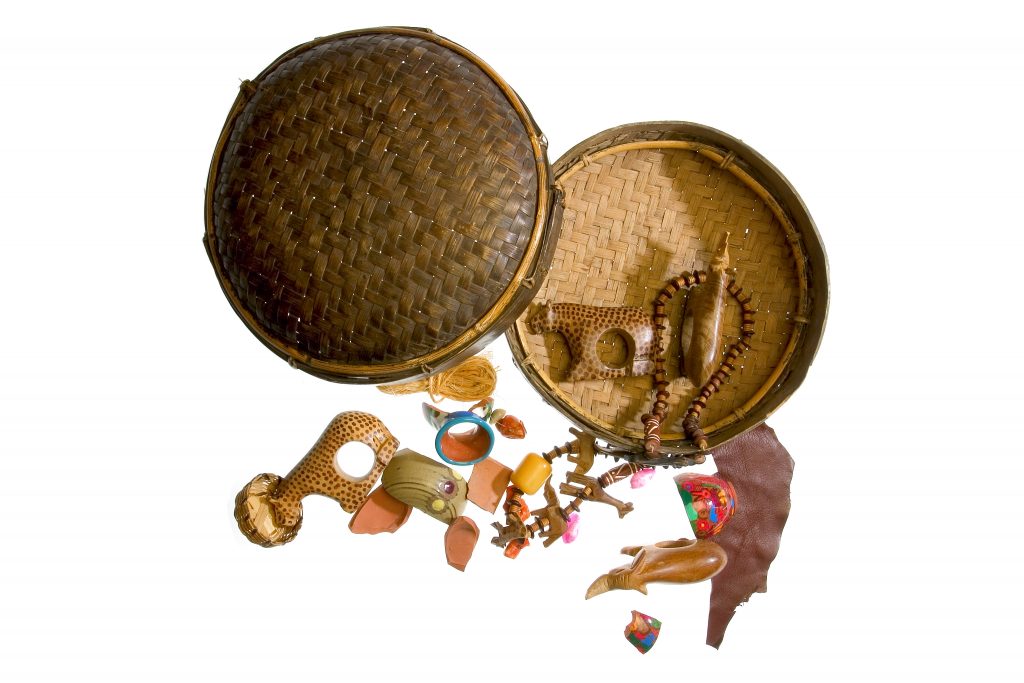Closet Archeology

In these activities, children are asked to analyze data and to come up with a scientific conclusion through logical reasoning.
Research
• Research basic information using visual and written information provided in these pages (a given source), a library, or some online source. We recommend Wikipedia.org.
Precision
• Each label, name, or word has a specific meaning that all scientists in the same field understand to mean exactly the same thing.
• Descriptions of objects and events need to be precise enough to limit misunderstanding and misinterpretation by the readers as much as possible.
• “Fuzzy thinking” is not allowed!
Logical Thinking
• There are two pathways in science: deduction and induction.
• Deduction is a process which puts together bits of data and evidence to build a theory—it’s bottom up reasoning.
• Induction is the process which starts with an idea and then looks for data and evidence to support it—it’s top down reasoning.
• Logical reasoning is a formal way of thinking (usually deductive) where each successive thought is built upon the previous one. As long as each link is a chain of logical reasoning is true, the end conclusion is true.
Classification
• Objects can be grouped according to physical characteristics based on visual analysis, but there are many other ways of creating classifications (e.g. by eating habits).
Treasures from the Past
This simple experiment can be done using everyday objects. Kids can work together or in groups and share their results with the whole family or class. Groups can be made of kids of different ages.
The basic idea is to analyze a box of treasures. There should one box of treasure objects for each group or for each experiment. Each box should contain a set of objects chosen to represent a particular period in time: modern-day, stone age, Victorian era, the 1960s, and so on. Try to pick objects that would be common for a particular period of time. For example, modern pennies and old computer CD’s for present-day; an LP record for the 1960s, stone tools and feathers for older periods; hand-carved wood objects, stone beads, and pottery pieces for periods representing 100 or more years ago. Garage sales, thrift stores, and just stuff found in your own back of the closet or garage or up in the attic are all good sources for little knickknacks that make excellent treasure objects. The objects should have no significant intrinsic value.
You will need to create at least one box, but it’s more fun with four or five treasure boxes. If sand is used to bury the treasure, the sides of these boxes should be marked with coordinates to help students identify the location of each object. Just write numbers on the long edge of the box and letters on the short sides with a permanent marker. Space the coordinates about 1” apart. Kids can dig through their boxes, find the artifacts, and keep scientific logs of their work. If you can’t make a treasure box, use images of the boxes in the downloadable materials.

A collection of activities that develop cognitive skills and creative writing abilities.
